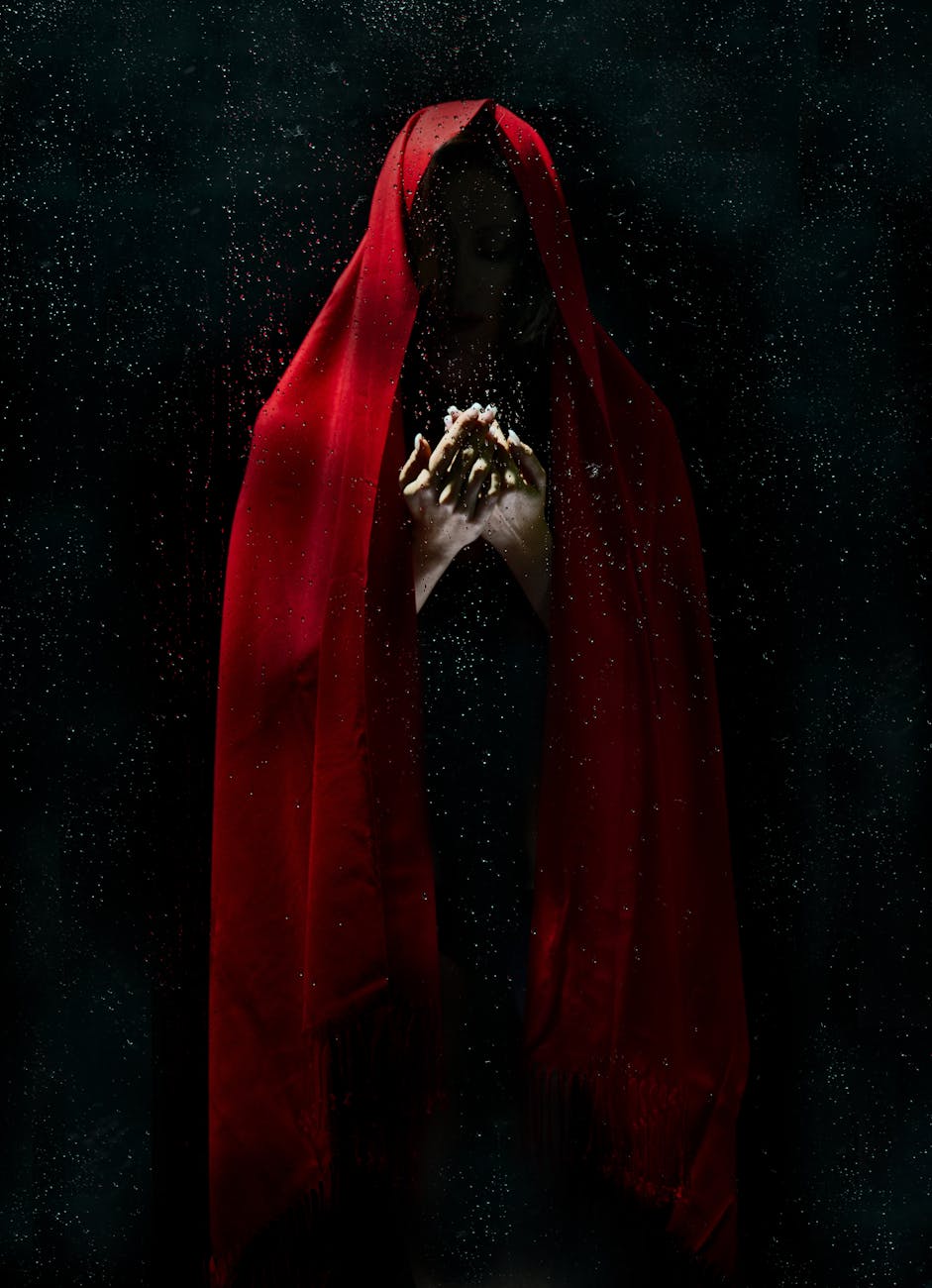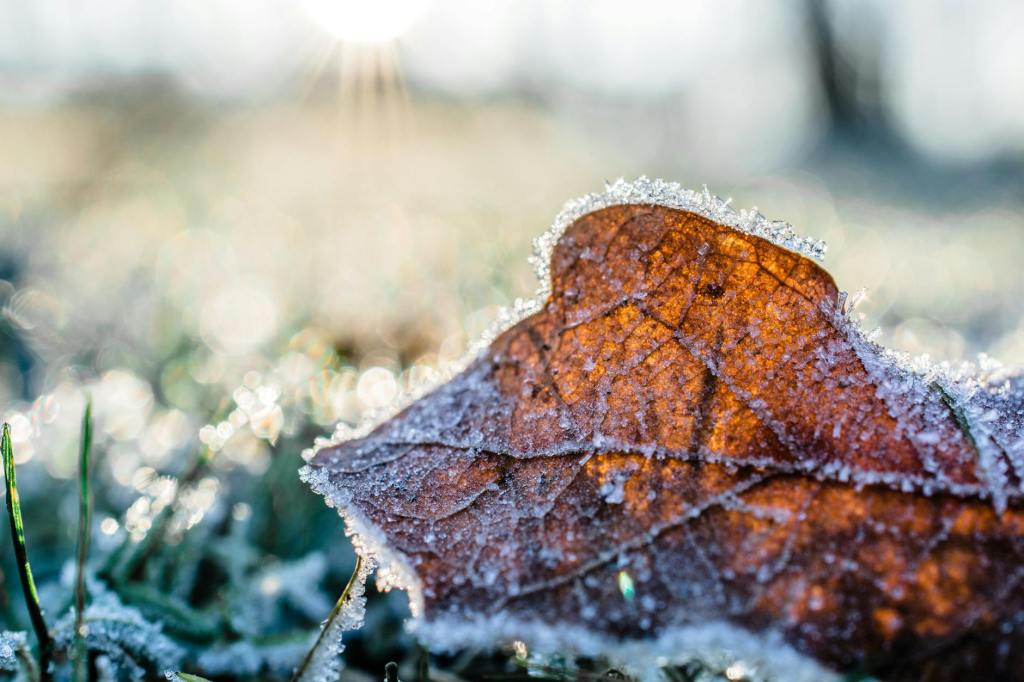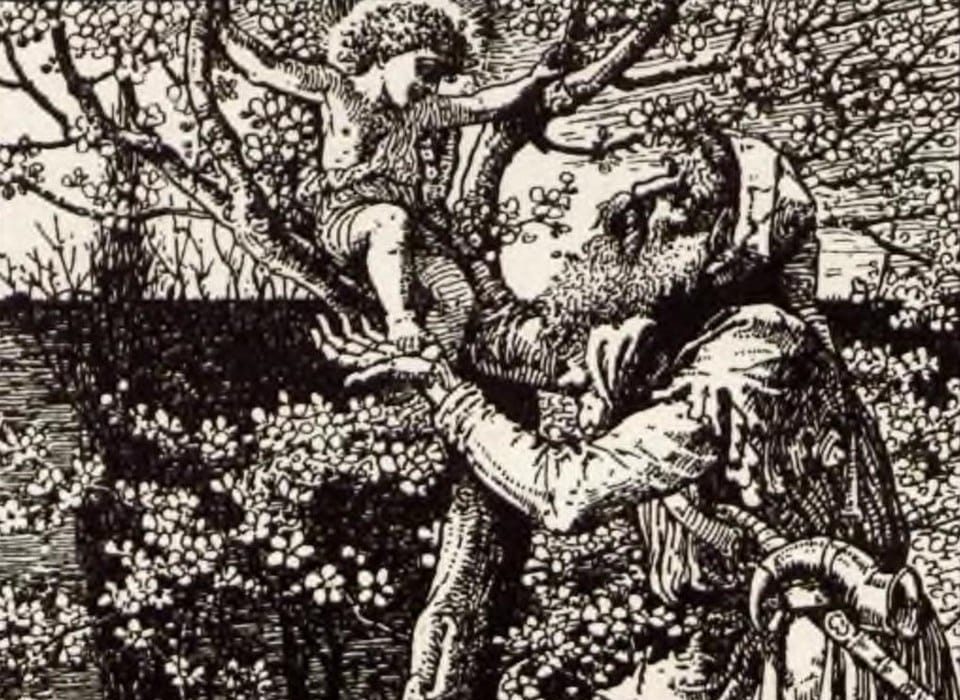Greetings! Today on the blog we are going to continue our deep dive into gothic literature by answering the question: What is Gothic Literature? Specifically, we are going to look at one of the conventions that make it tick: eeriness. We are going to define eeriness, look at it in actions, then examine how it relates to the genre of gothic literature, and see how you can implement it into your own writing.
Definition
Eeriness is a lot of things. Mostly, it is that feeling that something is off about where you are or what you are doing. A cold finger grazing up the back of your neck. Something pricking your ankle. A cold fog settling on the walkway ahead of you.
It is also the “Strangeness by virtue of being mysterious and inspiring fear” (Wordnik). Which, to me, means something that is causing you discomfort through its unknown origin. Other sources define it as “the quality of being … uncannily frightening or disturbing … ghostliness” (Collins). What many sources seem to highlight is the strange nature of eeriness and its link to frightening aspects of atmosphere
Examples of Literature from Fiction
Turn of the Screw
In starting with Henry James’s Turn of the Screw, we should certainly look at the ghost sightings that our governess has been apart of in recent chapters. For one, she has seen a ghost atop the manor staring at her intently.
As James states: “What arrested me on the spot—and with a shock much greater than any vision had allowed for—was the sense that my imagination had, in a flash, turned real. He did stand there!—but high up, beyond the lawn and at the very top of the tower to which, on that first morning, little Flora had conducted me” (James). As it relates to eeriness, the figure on the tower stands staring at her in a way that is quite frightening. Imagine yourself in such a predicament. Chills.
Dracula
In Bram Stoker’s Dracula, we have all sorts of eerie moments. One of which comes from Jonathan Harker’s experience seeing Count Dracula emerge from his window and begin to crawl out onto the outside wall.
On a moonlit night, you are only guided by the ghostly rays of the moon. Somewhere nearby, you can sense the sound of an oncoming horror. Suddenly, it dissipates, and you are left standing alone in the cold darkness, sweat pooling on your brow.

Here, Harker writes: “What I saw was the Count’s head coming out from the window. I did not see the face, but I knew the man by the neck and the movement of his back and arms … But my very feelings changed to repulsion and terror when I saw the whole man slowly emerge from the window and begin to crawl down the castle wall over that dreadful abyss, face down with his cloak spreading out around him like great wings” (Stoker).
As if a create of some sort (which he in fact is), Dracula crawls outside from the castle and begins to haunt along the walls like an animal, or, as Harker puts it, “a lizard.” Afterward, Harker is struck by “dread” and “awful fear” as the eeriness of his encounter takes hold.
Eeriness and Gothic Literature
As you can tell, the conventions of gothic literature are many. There is sin, guilt, horror, violence, and hauntings that all convey the themes and style of gothic writing. For example, compared to Mary Shelley’s Frankenstein, many of the aforementioned titles fit right in through eeriness, setting, tone, and themes.
Eeriness exemplifies these very conventions. As such, the horror of both the governess and Harker can only result in a feeling of eeriness as what they witness is out of their control. They are not physically accosted by these spectral abominations, but rather they are visually held by their strangeness and fearfulness.
How to Use Eeriness in Your Own Writing
Eeriness doesn’t have to be tricky when it comes to implementing it into your own writing. That is to say, eeriness should factor into the building of atmosphere and tension. Your novel doesn’t have to be a gothic horror novel either; it could be straight horror or something more in the vein of literary fiction.
Regardless, eeriness is almost always non-physical. It seems to be of sight and sorrow. Characters experience eeriness as it washes over them through sight, sound, and feeling. For example, maybe your character feels a strange spirit somewhere in the house and as if responding to that sensation, they hear a noise. Such feelings can create a great sense of eeriness. Likewise, if you are straying away from horror, perhaps your eeriness could be a protagonist out on a sleuthing mission to see what their family is up to in the evenings, and they find themselves out on a cold, moonless night filled with the echoes of far-off chanting.
Conclusion
Eeriness is a feeling one gets that usually predates being physically harmed. It is a bit of foreshadowing for characters, as feeling well up inside of them. Likewise, eeriness can be experienced through seeing, hearing, and feeling. And, if you are looking to implement it into your own writing, you may want to consider using it as a means of tension and release.
Works Cited
“Eeriness.” Wordnik. Web. https://www.wordnik.com/words/eeriness
“Eeriness.” Collins. Web. https://www.collinsdictionary.com/us/dictionary/english/eeriness
James, H. (1991). The turn of the screw. Dover Publications.
Stoker, B. (1993). Dracula. Wordsworth Editions.





Leave a comment